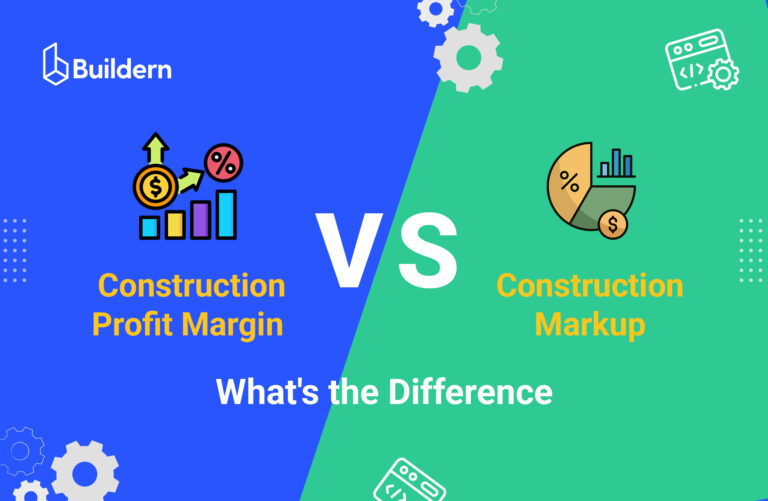Construction Allowances: 4 Effective Practices for Budget Management
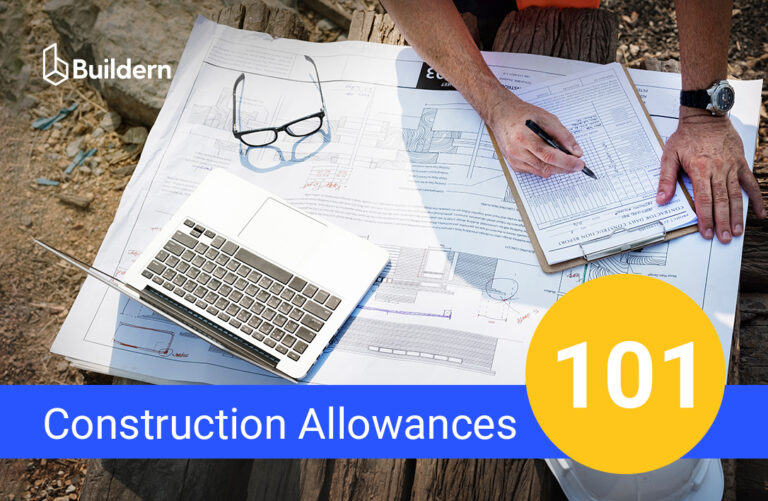
Last updated October 2025
One of the most desired situations for any builder is to have an estimated budget as close to the true cost as possible. The more accurate the planned construction budget, the easier and faster project completion will be. However, the construction industry is all about uncertainties and unexpected things popping up during the project. So, it’s important to be flexible to be able to mitigate possible variations.
In such cases, I always suggest using construction allowances that provide breathing room for the budget and help you be prepared for unplanned costs that are not always possible to estimate precisely at the beginning.
Therefore, in this article, I will discuss construction allowances, the key way to treat them, and some crucial factors to consider to improve project cost predictability.
Table of Contents
- Introduction to Construction Allowances
- Types of Construction Allowances
- 4 Key Factors That Affect Construction Allowances
- Tips for Effective Allowance Management
- How to Calculate Construction Allowance

Introduction to Construction Allowances
In construction, an allowance is an amount included in the contract for a specific material or service whose final details, such as price, quantity, or finish, aren’t yet determined at signing.
Put simply, it’s an estimated figure for selections that still need confirmation.
Allowances help define the total project cost more accurately during early budgeting, even before all selections are finalized. Once selections are confirmed and their actual costs are known, the project’s total cost adjusts accordingly.
- If costs exceed the allowance, the total contract price increases.
- If the costs come in lower, the client receives a credit for the difference.
💡PRO TIP: Here are the construction budgeting phases to get a better idea about planning.
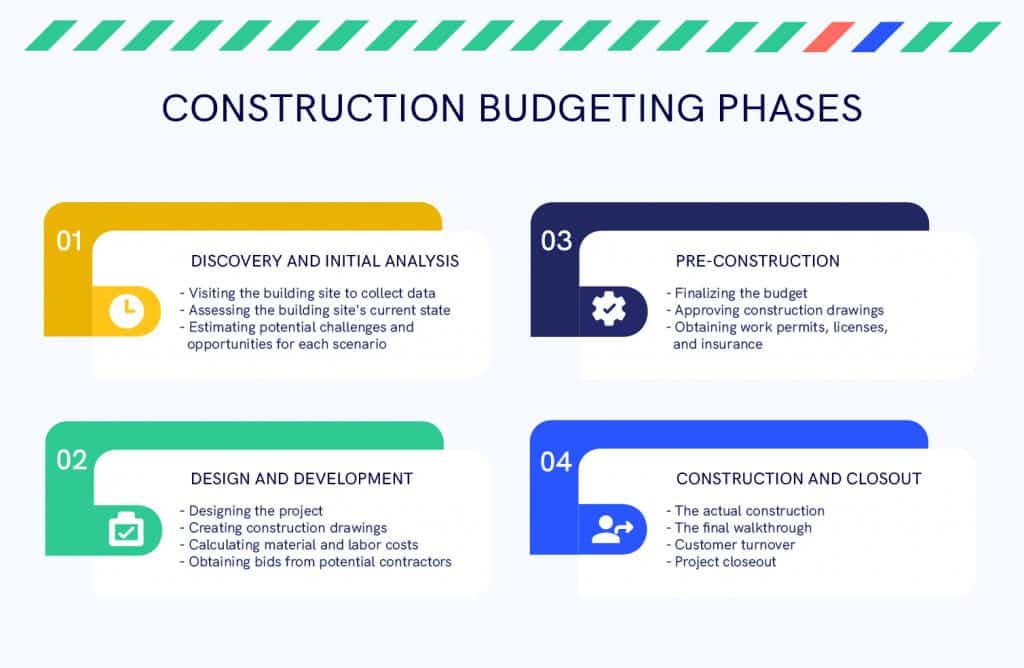
Afterward, as the project moves on and the prices of specific selections are clear, the final cost of the project is determined. If the cost exceeds the allowance, it will increase the contract’s total price. In the opposite case, the project’s total cost will decrease, and the contractor must return the difference to the client.
Types of Construction Allowances
In general, there are two types of construction allowances: materials allowances and installation allowances.
Material Allowances
Material allowances provide flexibility for items such as finishes, flooring, lighting, and plumbing fixtures. These vary depending on the client’s decisions.
For instance, a client may still be deciding between hardwood and tile flooring. If that choice isn’t made during the estimate, the builder can include an allowance that reflects the average expected material cost.
Material allowances only cover the cost of materials, not the labor to unload, install, or finish them.
Installation Allowances
Installation allowances apply when work can’t be fully quantified before starting.
One example of an installation allowance is building a custom home without testing the soil at the construction site. In that case, a builder can’t estimate the costs of laying a home’s foundation, as they don’t know whether the ground is all rocky and will need detailed preparation for the foundation, or the ground is already clear and grabbed and does not need extra work.
4 Key Factors That Affect Construction Allowances
Several factors still define how accurately allowances reflect true costs.
1. Location and Site Conditions
Unforeseen site conditions can dramatically alter project expenses. Waterlogged soils, rocky ground, or restricted access can delay schedules and increase labor costs.
Conducting preliminary site assessments and using digital surveying tools helps minimize surprises. For instance, I know that some builders in 2025 often use LiDAR scanning and GIS-based soil data to predict subgrade work more precisely than traditional manual estimates.
The location of the construction site is also crucial. If it’s far from facilities and construction suppliers, you should consider the added cost of transportation.
2. Size and Scope of the Project
Project scale and complexity remain top cost drivers. According to Dodge Construction Network (2024), average cost deviations increase 8-10% for projects exceeding $10 million due to coordination challenges and labor volatility.
In construction, project scale and complexity can be viewed in terms of:
- Size of a task
- The technical complexity of the project
- Resource requirements
- The speed of production
- The site layout
- The unpredictability of work and site construction
These points have a great influence on resourcing a project and the expected project duration and, consequently, on determining the construction cost.
3. Building Codes and Regulations
Construction projects must conform to the regional codes and regulations to obtain a building permit – an approval needed for construction, usually from a local council.
The costs of approvals from regulatory agencies may vary depending on where the construction site is. Moreover, these adjustments often appear as allowances during pre-construction to accommodate possible design modifications or approval delays.
4. Selection of Materials and Finish
Material quality and brand choices can shift costs significantly. For instance, the difference between luxury and mid-grade fixtures in 2025 can be 20-35%, depending on supplier location and tariffs.
Imagine budgeting your work for linoleum, but the owner eventually chooses tile floors instead. As a result, it will cause a huge cost difference.
Even if there may not be a large gap between the prices of different types of materials, material selection can also affect the scope of work and the level of skill, experience, or time needed to complete the work.
Also, as the prices of the materials are always changing, make sure to include the updated prices in the construction estimations. Having your finger on the pricing changes will help adjust the budget accordingly if needed.
Tips for Effective Allowance Management
If used properly, allowances can be a very handy budgeting tool. When allocating and drafting allowances, here are some tried and tested tips to remember.
Include as Many Details as Possible
Well, allowance itself is a tool to deal with uncertainties. However, there may be details specific only to certain construction allowances. Clearly documenting these details can make the process more manageable.
For example, if you include a material allowance for carpets, let your client know the allowance assumes carpeting at a certain price per/square yard, and they’ll need a certain square yards. This will help both sides better understand the upcoming hard and soft costs.
Use Realistic Prices
It’s essential to use realistic prices for the construction allowances so that they reflect the actual pricing of the market.
Even if the client is not sure about certain selections to determine their cost, construct your estimations based on your previous similar experience.
Rely on industry average numbers based on experience with similar projects. You can also ask follow-up questions to the owner to know all possible details of the type and quality of the material or service needed. If doing it right, your estimates shouldn’t have more than 5-8 % of the variance.
Clearly Communicate the Essence of Allowances to the Client
Ensure to inform the client beforehand about allowances, how they work, and what happens when they run over or under a contract allowance amount. Let them know you’ll fix the differences between the estimated allowance and the price with change orders or invoice differences.
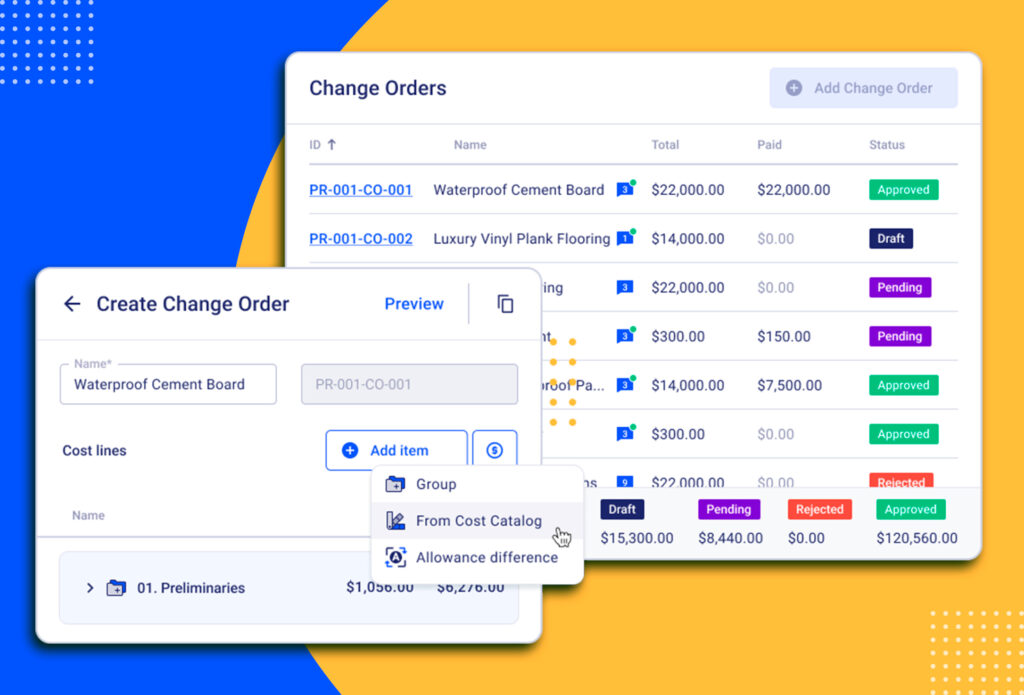
Modern builders often use client dashboards in project management platforms (like Buildern) to make this communication transparent and avoid confusion over change orders.
I often help avoid potential disputes that way when the construction contract price changes during the project.
How to Calculate Construction Allowance
As the project progresses, progressive bidding identifies the true costs of many estimated allowances. When more costs appear, you should ensure all members of the design and construction team and your client have proper information regarding them.
Doing that manually can become a nightmare, but with a unified information source with shared access for all your project stakeholders, the task will be easy to carry out. So, here’s what we suggest.
Our software is a complete construction project management platform that lets you collect all information and cost updates for each project in a single database and invite all your project stakeholders to have timely updates on any project change occurring.
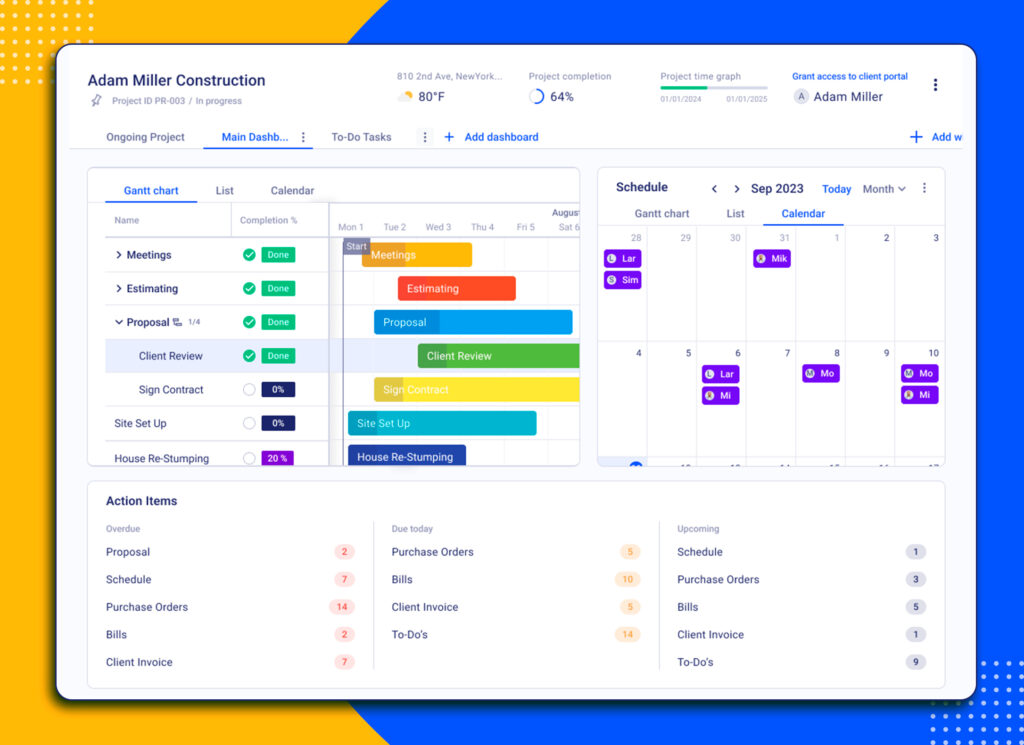
Client selections and allowances in Buildern help you break down costs into corresponding categories, like allowances for the kitchen, bedrooms, bathrooms, etc. With real-time information updates for all project participants, our software guarantees all stakeholders have access to project status and cost updates.
Once you have an allowance created through the estimates, you can share it with the finalized proposal. The client will see the predefined types for each allowance, i.e., material, labour, equipment, etc. Meanwhile, the system will update all the changes in the original budget for better financial management.
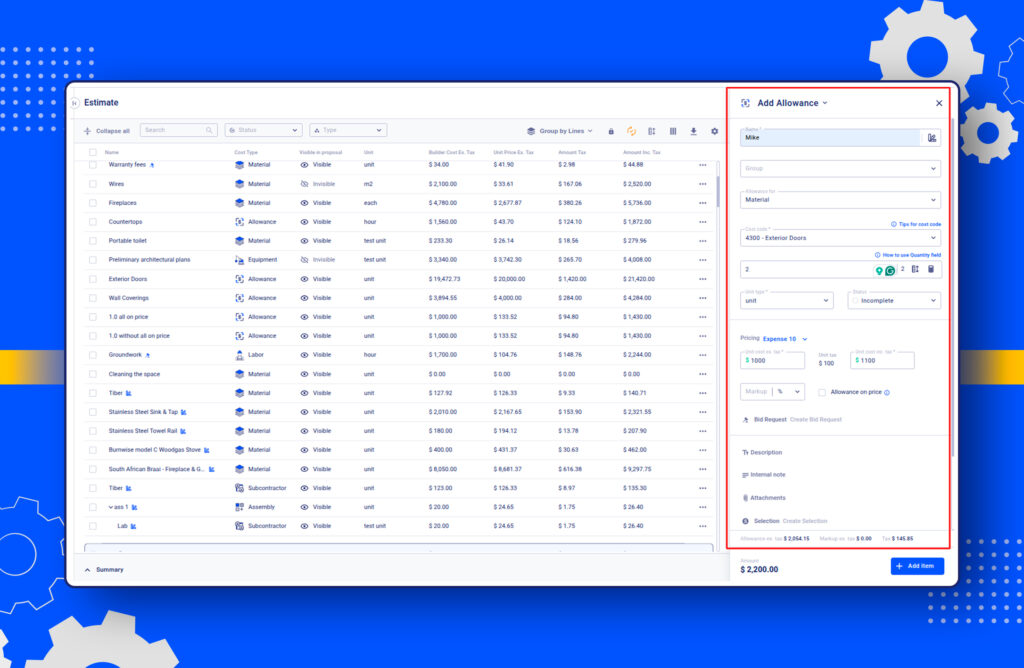
Wrapping up
- Define the construction budget as early as possible, even when project details are still forming.
- Use construction allowances to provide flexibility and maintain transparency during cost estimation.
- Treat allowances as a communication tool between builders, clients, and vendors to align expectations.
- Keep clear records of each allowance item to ensure smoother change management later on.
- With Buildern’s integrated allowances and selections feature, you can create, track, and share allowance items directly from your dashboard for consistent, real-time collaboration.

What Are Construction Allowances?
Construction allowances are placeholder amounts in the project budget set aside for items that haven’t been fully specified yet. They give builders and clients flexibility to move forward with estimating and scheduling before every selection or material choice is finalized.
How Do Construction Allowances Work in a Project Estimate?
Allowances appear as line items in the estimate or contract to cover uncertain costs like fixtures, finishes, or appliances. Once selections are made, the actual cost replaces the allowance amount, and any difference may be adjusted through a change order or variation.
Why Are Construction Allowances Important?
They help maintain progress on design and budgeting while keeping both sides informed about cost expectations. Allowances reduce disputes and rework costs, making it easier to adapt when final product prices vary from initial assumptions.

